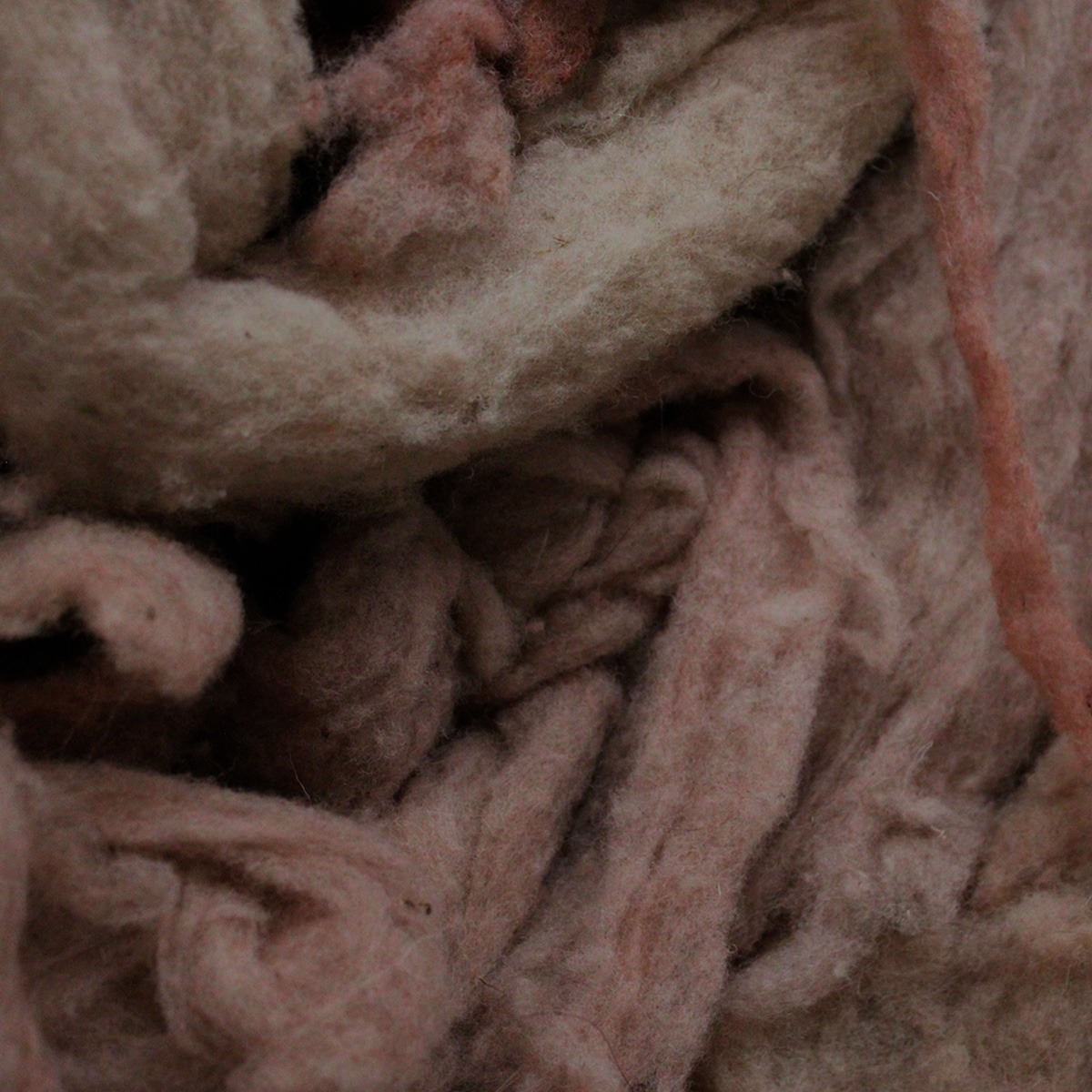
Inés Avendaño Granados
Materia hilante
Exhibition
-> Mar 7 2024 – May 23 2024
Centro Cultural Plaza Fátima presents Materia hilante, a project by Inés Avendaño Granados under the curatorship of Lucía Vidales.
This exhibition brings together three recent works by the young artist from Sinaloa that materialize concerns about sculptural bodies, pigmentation processes, spinning and weaving, whose core is the poetic and vital connection that can be found in all things, as well as the affections and effects they raise. The experience that everything is connected.
The agency itself, the plastic and affective qualities of the fibers, natural dyes and other materials that Avendaño uses have allowed her to develop processes that are not entirely predictable, overflowing what she knows and controls. Thus, she embraces the demands of each material that do not respond to the artist's will, to be transformed with the weather or time. She performs actions with the body, not only with her hands or tools: cooking, dyeing, condensation, accumulation, stretching, in an encounter between human agencies such as hand sewing or traditional dyeing, and non-human ones such as gravity, vegetable elements, or molecular processes that happen as in a choreography.
In these pieces the wool appears in a raw state, with residues of organic matter. The forces that affect it and its own composition are the conditions of its form: these are not ideal forms, but bodies that are shaped in interaction with the environment and from their own qualities. In Khorde, suggestive forms made of wax and wool sewn and pigmented with avocado, refer both to the umbilical cord, to the possibility of connection in space, viscera, and to a strange entity, not to an inert object. Between the animal body, elements of vegetable origin, sculpture and painting, Ser parte de la red appears with heterogeneous tactile, visual and olfactory qualities, extended, as if flayed, where interior and exterior are not exclusive characteristics. Mil enhebros on the other hand, is a body that invites us to rethink the idea of structure from the way in which bodies are shaped. Its dimensions are similar to those of the artist's body and it also refers to the organic processes of decomposition, necessary for the soil to be fertile and for germination to be possible.
The action of spinning is understood here in a broad sense that implies the possibility of interaction of the heterogeneous, of the fragile that together takes strength, or that of suturing wounds and ruptures. For Inés, weaving allows a connection with ancestral traditions, with relatives, or with other women who exercised before her the different practices involved in textile production as a form of knowledge, as well as with the gender connotations within the occupation of weaving, closer to ritual, utilitarian and care processes, than to the History of Art. Spinning is a reflective activity of observation and creation of personal and collective dimensions, which also links Avendaño's work with other efforts of women creators and thinkers of today.
— Lucía Vidales